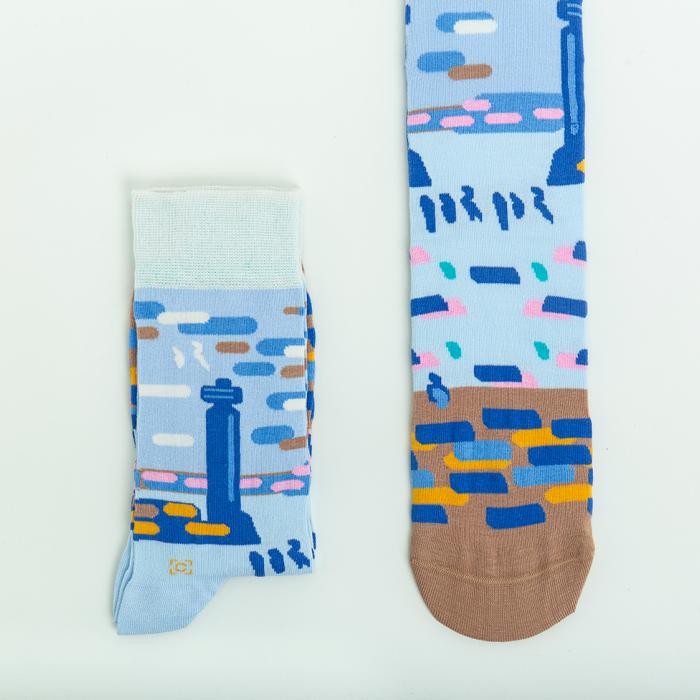Find out more about the objects and habits that the Romans introduced to Britain.
In this activity you can find out about "Romanisation", the process through which Britain became more Roman.
Learn more about the niece of the Emperor Augustus, Antonia Minor. Using useful prompts and a planner, imagine a day in her life.
Which emperor's statue was thrown into a river in England? Which Roman invaded Britain first? Which emperor loved to sing? Find out in this activity.
See busts of Julius Caesar, Claudius, Nero and Hadrian from the Museum's collection and find out more about each one. Discover how they are connected to the history of Britain, and complete the activities to learn more.
You can still enjoy learning with the Museum of Classical Archaeology, even if you are not able to visit in person.
With this selection of downloadable learning resources, you can learn about the Ancient Greeks wherever you are.
The BBC Young Writers’ Award with Cambridge University is a great chance to get creative. All young people in the UK aged 14-18 are welcome to submit stories of up to 1,000 words by 22nd March. The five shortlisted young writers will have their stories narrated by an actor and recorded for a radio broadcast, and will be published in an anthology.
Gravel Hunters is an educational resource that aims to encourage budding explorers of all ages to discover fossils for themselves on their doorsteps. From gardens to car parks and driveways, fossils can be unearthed in flint gravel from all sorts of environments - all you need to do is collect them.
This resource gives examples of some of the most common fossils found in flint gravel.
How do historical conditions influence our health? How does health change history? The After the Plague Project investigates these questions by exploring health in medieval England (400-1500).
The most significant event during this period is the infamous Black Death (the plague epidemic of 1347-51), which killed 30% to 60% of Europe’s population. This project focusses on one medieval archaeological site in Cambridge, and the people who were buried there.
This resource has been designed to help students develop research skills by using a painting as a starting point.
By working through the project you will find out about a range of skills, strategies and methods which can then be applied to other museum and gallery objects. The resource has been written with reference to the A-Level Assessment Objectives to demonstrate how to plan and manage a research project and use a range of different resources.
Our big range of Look, Think, Do activities encourage children and families to look deeply and thoughtfully at objects and to respond imaginatively through thinking, talking and making together -from Ancient Egyptian neckpieces to coins stamped by protesting Suffragettes.
You can use the shorter Look and Think activities for just a few minutes or spend a bit longer making something fantastic.

